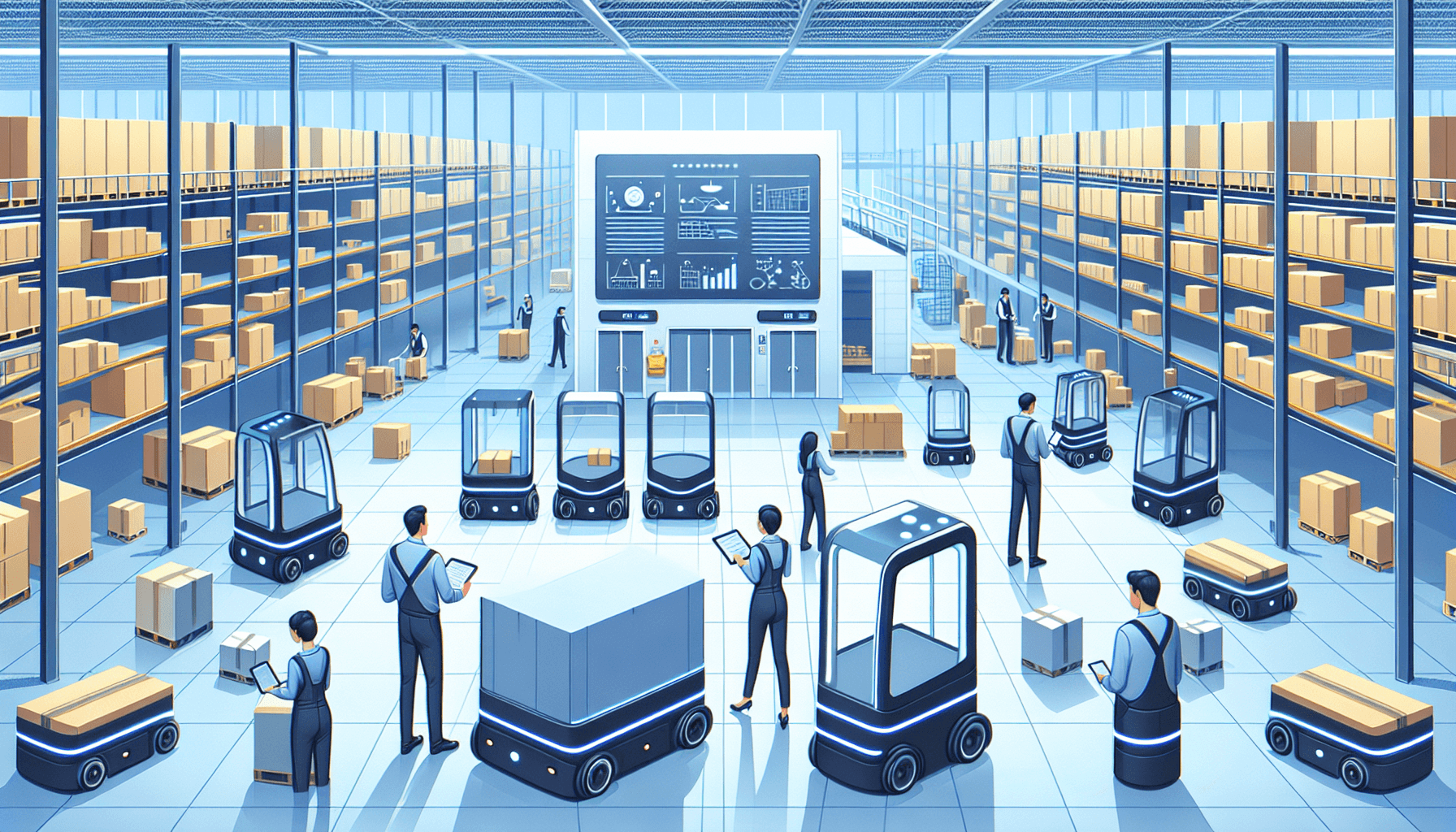Did you know that implementing Automated Guided Vehicles (AGVs) can greatly enhance operational efficiency in your warehouse? AGVs offer a range of benefits that can help streamline your warehouse operations, improve productivity, and reduce costs. In this article, we will explore the various advantages of AGVs and how they can revolutionize your warehouse management.
Increased Productivity
One of the key benefits of AGVs is their ability to significantly increase productivity within warehouse operations. AGVs can operate 24/7 without any breaks or downtime, allowing for continuous and uninterrupted workflow. This enables warehouse managers to maximize their operations and achieve higher levels of productivity. Additionally, AGVs are programmed to perform tasks with precision and accuracy, reducing the margin for error and minimizing the need for rework.
Furthermore, AGVs have the capability to work collaboratively with human workers, complementing their skills and abilities. This collaborative approach creates a synergistic relationship where AGVs handle repetitive and mundane tasks, allowing human workers to focus on more complex and value-added activities. As a result, overall productivity and efficiency are significantly improved.
Enhanced Safety
Ensuring the safety of warehouse workers is a top priority for every business. AGVs play a crucial role in promoting a safer working environment. These vehicles are equipped with advanced sensors and navigation systems that enable them to operate safely in the warehouse environment, detecting and avoiding obstacles in real-time. AGVs are also programmed to follow specific routes and adhere to safety protocols, minimizing the risk of accidents and collisions.
By reducing the reliance on manual material handling, AGVs help to eliminate the physical strain and potential injuries associated with heavy lifting and repetitive tasks. With AGVs taking care of the heavy lifting, workers can focus on more skilled and less physically demanding tasks. This not only improves safety but also enhances employee satisfaction and morale.
Optimized Space Utilization
AGVs are designed to navigate through narrow aisles and tight spaces, making them highly efficient when it comes to space utilization. These vehicles can maneuver in areas where traditional forklifts and other material handling equipment may struggle to operate. By utilizing the available space more effectively, AGVs enable warehouse managers to optimize their storage capacity and reduce the need for additional storage facilities.
With the ability to stack and retrieve materials with precision, AGVs can maximize the vertical space in the warehouse. This means that warehouses can store more inventory in a smaller footprint, ultimately leading to significant cost savings. The efficient use of space also facilitates smooth and streamlined operations, reducing the time wasted in locating and retrieving items.
Cost Savings
Implementing AGVs can result in significant cost savings for your warehouse operations. With increased productivity and optimized space utilization, businesses can reduce labor costs and minimize the need for additional warehouse space. AGVs also require less maintenance compared to traditional forklifts and other material handling equipment, further reducing operational costs.
Furthermore, AGVs contribute to cost savings by minimizing errors and damages. As they are programmed to handle tasks accurately, the risk of product damage or the need for rework is greatly reduced. This not only saves costs on damaged products but also prevents delays in order fulfillment and customer satisfaction.
Conclusion
AGVs offer a multitude of benefits that can significantly enhance operational efficiency in your warehouse. They increase productivity, ensure workplace safety, optimize space utilization, and contribute to cost savings. By investing in AGVs, businesses can revolutionize their warehouse management and stay ahead of the competition.
If you are interested in learning more about AGVs and how they can be deployed in your warehouse, click here to visit the HCO Innovations website.

